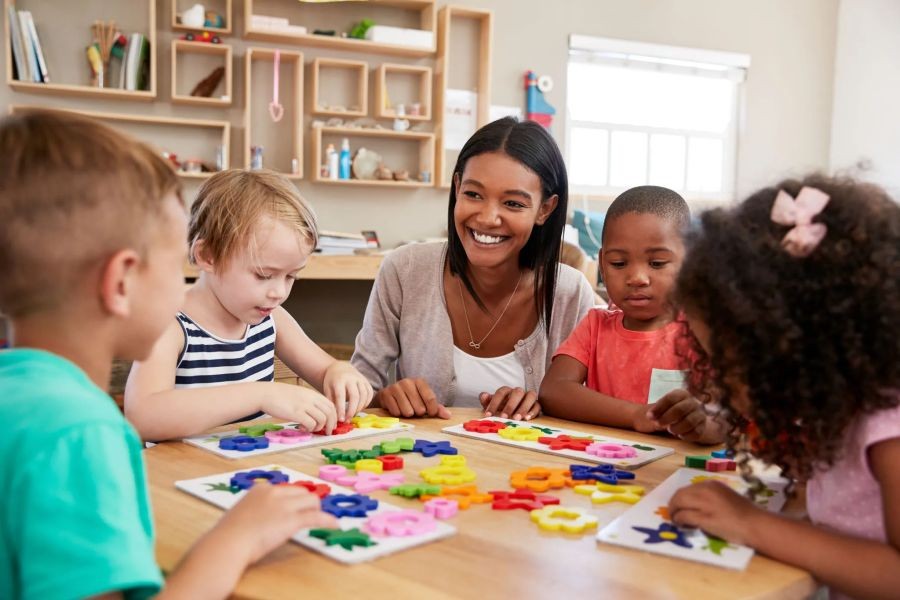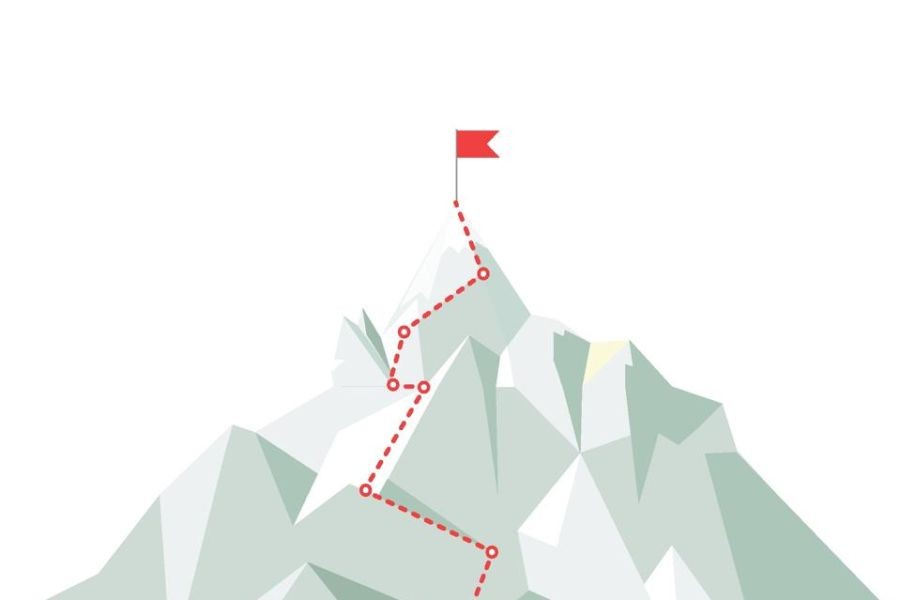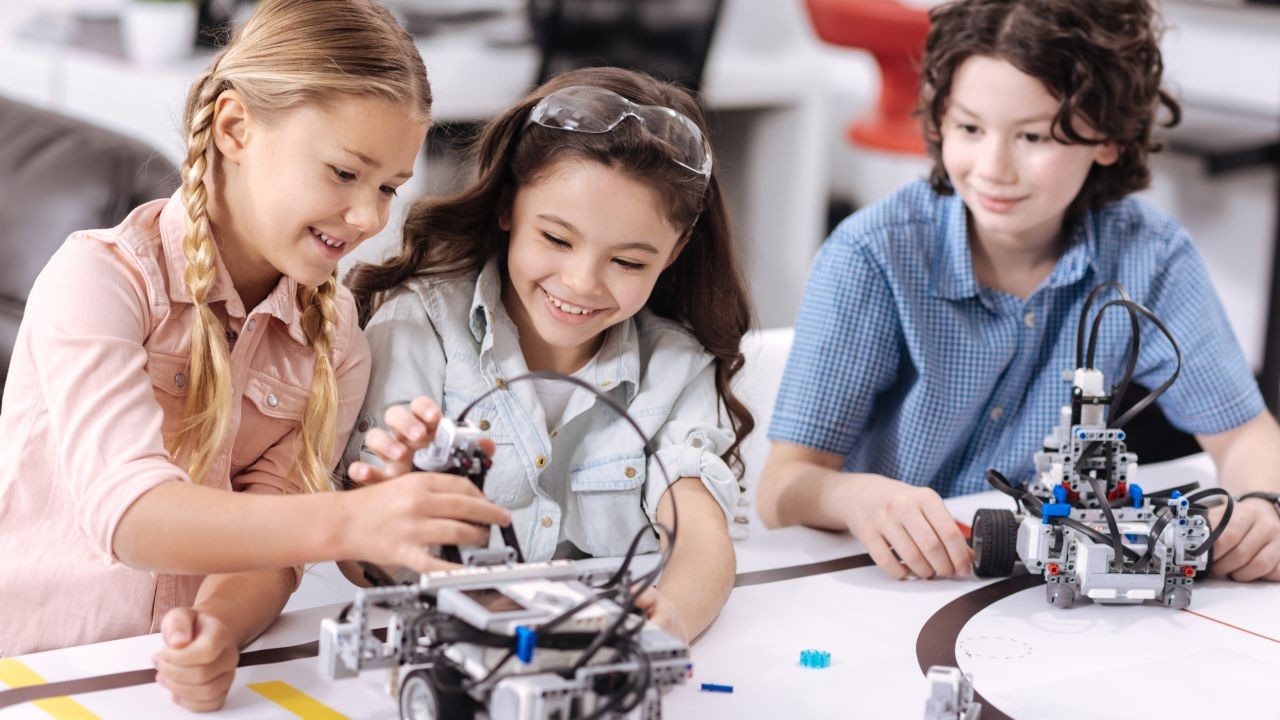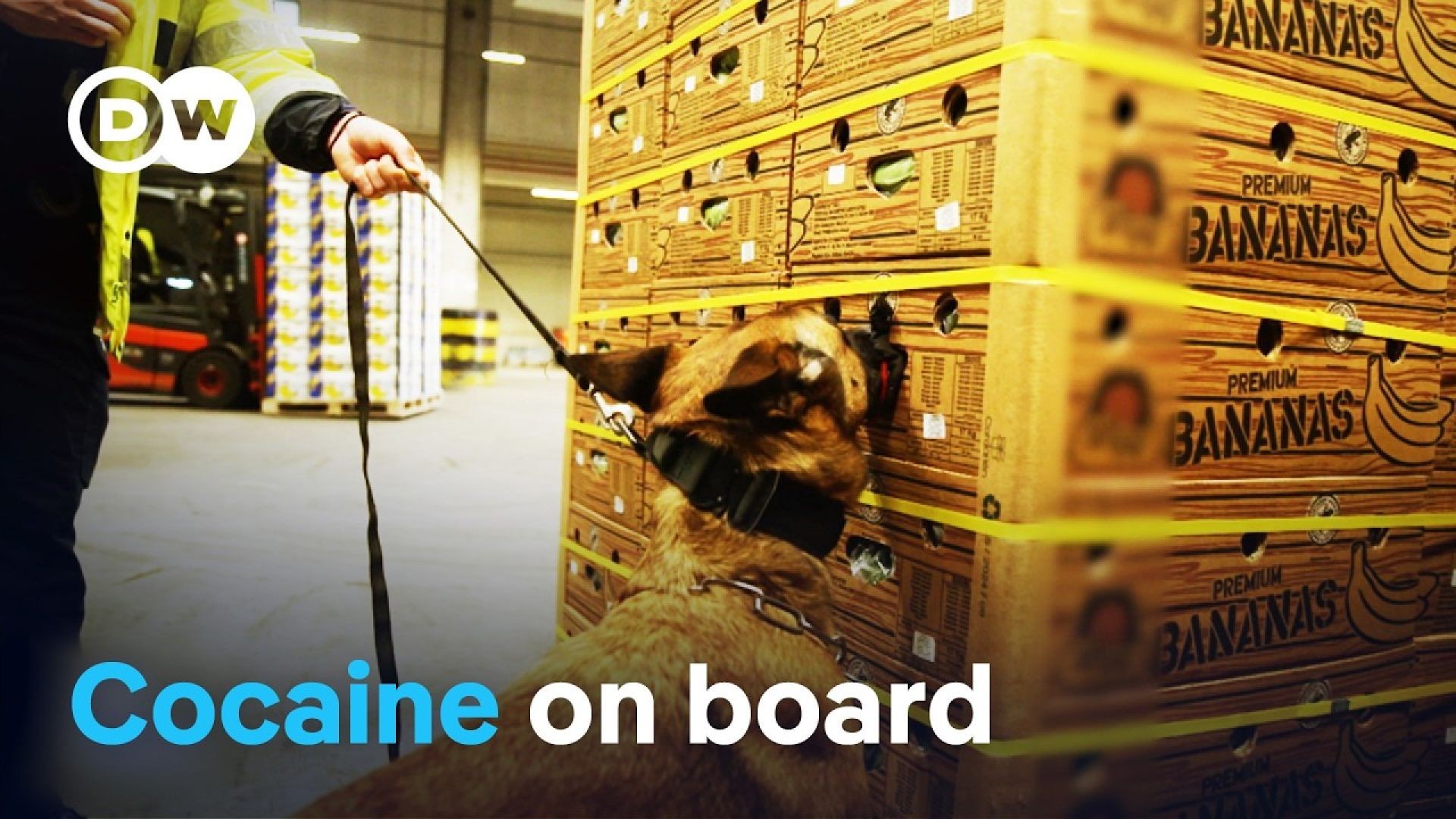In the dynamic landscape of early childhood education, the debate between structured education and play-based learning remains a hot topic. As Australia continues to innovate its educational policies, understanding which approach proves more effective can have profound implications on the nation's future generations. This article delves into the intricacies of both methodologies, offering a detailed comparison that considers Australia's unique context and educational goals.
The Importance of Early Childhood Education in Australia
Early childhood education (ECE) is pivotal in shaping the cognitive, social, and emotional development of young children. In Australia, the government has recognized its significance, investing over AUD 9 billion annually in early childhood education and care (ECEC) services (Source: Australian Bureau of Statistics). The focus on quality education stems from the understanding that early learning experiences lay the foundation for lifelong success, directly impacting Australia's economy and workforce readiness.
Structured Early Childhood Education: A Traditional Approach
Structured early childhood education refers to a formal, curriculum-based approach where children engage in teacher-led activities designed to develop specific skills and knowledge areas. This method is often characterized by clear learning objectives, regular assessments, and a focus on literacy and numeracy skills.
- Pros: Provides a clear framework for learning, ensures curriculum consistency, and prepares children for formal schooling.
- Cons: Can be rigid, limiting creativity and exploration, potentially causing stress in young learners.
Play-Based Learning: Encouraging Exploration and Creativity
Play-based learning emphasizes child-led activities where learning occurs through play. This approach supports holistic development by allowing children to explore, experiment, and discover in a less structured environment. The Australian Curriculum, Assessment and Reporting Authority (ACARA) advocates for integrating play into the curriculum, highlighting its role in fostering creativity and problem-solving skills.
- Pros: Encourages creativity, supports social-emotional development, and is adaptable to individual learning styles.
- Cons: May lack structure, leading to potential gaps in foundational academic skills.
Australian Case Study: Integrating Play-Based Learning
Case Study: Goodstart Early Learning – Blending Play and Education
Problem: Goodstart Early Learning, one of Australia's largest early learning providers, sought to improve child engagement and educational outcomes by integrating play-based learning.
Action: The organization implemented a program that combined structured learning with play-based activities, focusing on child-led exploration. This involved training educators to facilitate rather than direct learning, creating environments rich in resources for imaginative play.
Result: Over a 12-month period, Goodstart reported a 30% increase in child engagement and a 25% improvement in language and cognitive skills among participants. Feedback from parents highlighted increased eagerness for learning and improved social interactions.
Takeaway: This case study demonstrates the potential of blending structured education with play-based learning to enhance educational outcomes. Australian early learning centers can adapt this approach to foster a more holistic development in children.
Debunking Myths in Early Childhood Education
Myth: "Structured learning is the only way to prepare children for school."
Reality: Research shows that play-based learning can equally prepare children for school by developing critical thinking and social skills (Source: University of Melbourne).
Myth: "Play-based learning lacks educational value."
Reality: Studies indicate that play-based learning enhances cognitive development and fosters creativity, offering educational value beyond traditional methods (Source: Australian Council for Educational Research).
Balancing Structured and Play-Based Learning: A Future Perspective
The future of early childhood education in Australia may lie in a balanced approach that integrates the strengths of both structured and play-based learning. With the Australian Government's ongoing investment in ECEC and the growing recognition of the benefits of play, educational frameworks are gradually evolving to incorporate more flexibility and creativity.
By 2026, it is predicted that Australian early education will see a 50% increase in the implementation of blended learning models, combining structured objectives with play-based methods (Source: Deloitte Education Insights). This shift aims to equip children with the necessary skills for the 21st century, fostering adaptability, innovation, and emotional intelligence.
Conclusion: Shaping the Future of Early Learning in Australia
As Australia navigates the complexities of early childhood education, the integration of structured and play-based learning offers a promising path forward. By leveraging the strengths of both approaches, educators can create enriching environments that nurture holistic development and prepare children for future challenges.
What strategies do you think will shape the future of early childhood education in Australia? Share your thoughts and join the conversation on LinkedIn or Twitter. For more insights, subscribe to our newsletter for the latest updates in education policy and innovation.
People Also Ask
How does play-based learning impact child development?
Play-based learning enhances cognitive, social, and emotional development by allowing children to explore and experiment in a supportive environment, fostering creativity and critical thinking skills.
What are the benefits of structured early childhood education?
Structured early childhood education provides a clear learning framework, ensuring consistency and preparing children for formal schooling by focusing on foundational skills like literacy and numeracy.
Related Search Queries
- Benefits of play-based learning in early childhood
- Structured vs. play-based learning outcomes
- Early childhood education policies in Australia
- Impact of play on child development
- Future trends in early childhood education
































NoellaPier
6 months ago